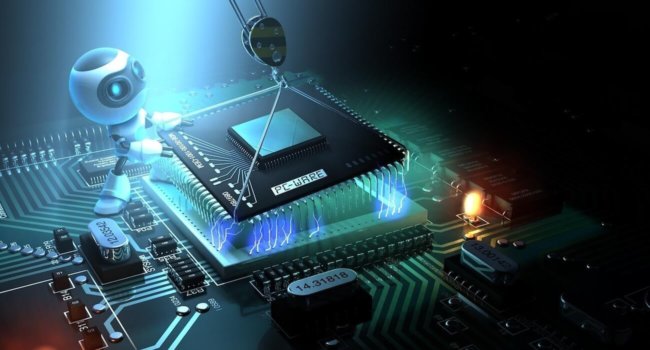
The surge in the increase in computing power is forcing manufacturers to invent new methods of calculation. And yet the development of technology is not always in lockstep with the hardware. To correct this omission took scientists from DARPA, the project Management perspective research programs. Their project, which allocated 80 million dollars for 4 years, with the participation of companies like Intel, Qualcomm and Northrop Grumman. The project is called the HIVE and is designed to increase the efficiency of computing systems 1,000 times thanks to the establishment of processor architecture on a brand-new type.
HIVE (Hierarchical Identify Verify Exploit) should be the first in the world specialized graph-analytical processor (graph-analytic processor GAP). This kind of processors should be very different from “traditional” computing devices. Their architecture is optimized for efficient processing of the information provided in the form of graphs, which requires a new memory architecture that can provide access to arbitrary locations with speeds of several terabytes per second.

In contrast to the current memory elements stored in the arrays of sequential cells, the memory architecture HIVE will have to provide access to the eight-bit values stored in arbitrary cells. According to one of the program Directors HIVE Trang Tran,
“Because of the nature of the new architecture, the processor on the basis of the HIVE will be able to run arbitrary tasks using the data stored in different areas of a single memory array. In addition, one memory array will be able to apply several processors, each of which will have has its own local ultra-fast memory designed to store variables and intermediate data. This will greatly increase the speed of calculations”.
DARPA will increase the efficiency of processors 1000 times
Vladimir Kuznetsov